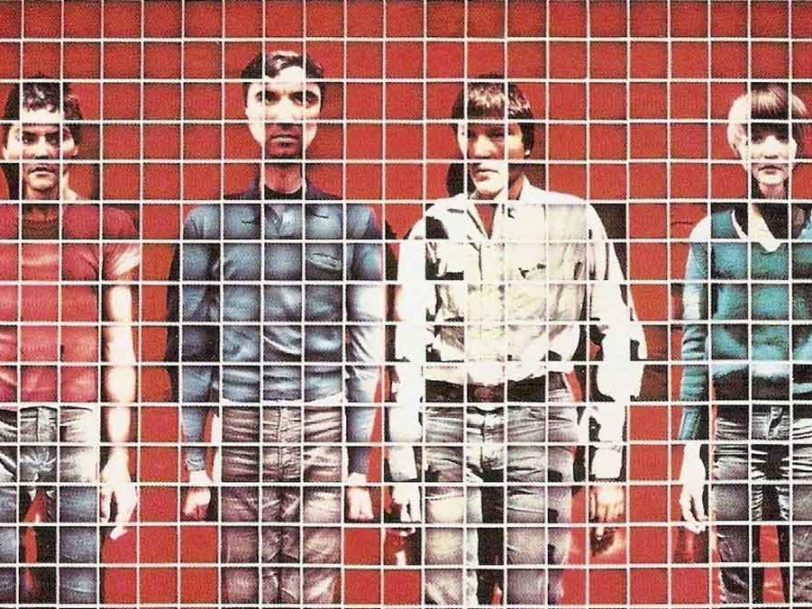While Talking Heads gave notice that they stood apart from New York City’s punk pack on their 1977 debut album, Talking Heads: 77, it was their second record, 1978’s More Songs About Buildings And Food, that proved to be their great leap forward. Marking the beginning of a working relationship with producer Brian Eno, the ideas they began to explore here would result in a string of albums that revolutionised alternative rock, as the creative unit looked to Africa and South America for inspiration.
Listen to ‘More Songs About Buildings And Food’ here.
“Our playing was very tight and well-rehearsed”
Talking Heads met Brian Eno towards the end of a European tour in support of Ramones in the spring of 1977. Four years on from leaving Roxy Music, the producer was in the middle of a purple patch: he’d produced David Bowie’s Low just months earlier and was in the middle of working on his own fifth solo record, Before And After Science, which would be released that December. When Eno caught a Talking Heads show in London, he invited the group to lunch the next day, which ended up becoming a listening session, with Eno turning them on to Fela Kuti’s West African funk – an influence that would become a touchstone for the group over the next few years.
Once they’d established that relationship, Eno was the natural choice to produce what would become More Songs About Buildings And Food. Sessions began in March 1978 at Compass Point Studios, founded by Chris Blackwell, the owner of Island Records, and located on the island of New Providence in the Bahamas. The setting was idyllic and the sessions went smoothly, according to drummer Chris Frantz’s 2020 memoir, Remain In Love: “The songs we were about to record had all been written long before, mostly before even Jerry [Harrison, guitarist] joined the band. We had been performing them live on tour. Our playing was very tight and well-rehearsed.”
“We were all on cloud nine”
“The mood was very upbeat throughout the sessions,” Frantz continued. “We were all on cloud nine – including Brian – and the energy level was high. We sailed through the recording of the basic tracks in the first ten days. We did multiple takes, but usually chose the second or the third as the final. Brian only requested two changes in our song arrangements. One was to delete what he called ‘the Woodsman section’ of Stay Hungry, where he said David sounded like a lumberjack yelling ‘TIIIMBER!’ in a forest, and he was right about that. It did sound better without that part. The other suggestion was to try playing our cover of Al Green and Teenie Hodges’ Take Me To The River as slowly as we possibly could without losing the groove. He was right about that, too. The slowed-down section was far sexier and had an almost underwater quality that we all loved.”




